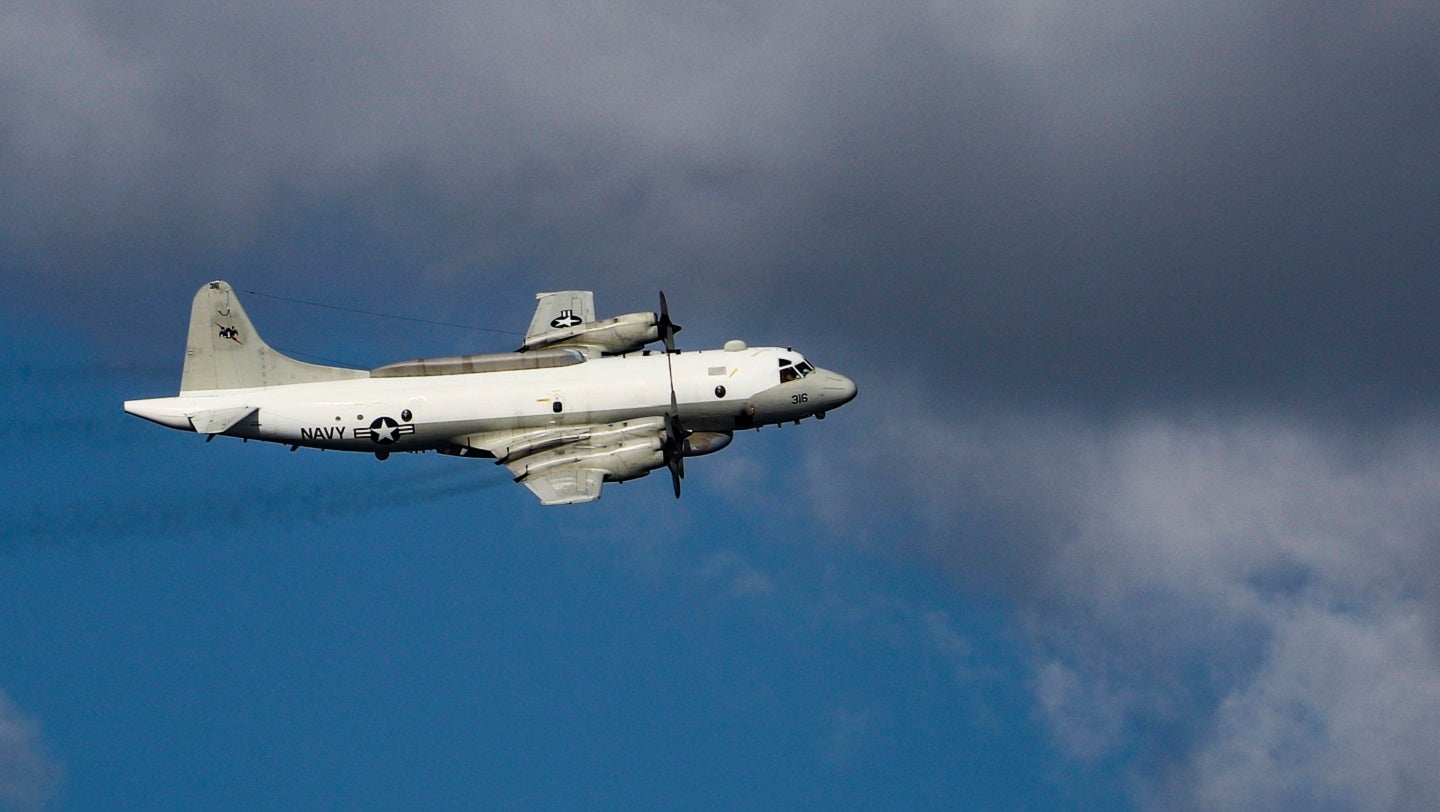
The US Navy has quashed allegations that an EP-3E intelligence aircraft crossed into Iranian-controlled airspace over the Gulf of Oman recently, stating that military flights were conducted “routinely” in the region, but only in international airspace.
According to a report in the state-backed IRNA outlet recently, the US aircraft crossed into Iranian airspace on 2 April which prompted a verbal warning from Iranian forces.
In response, a USNAVCENT spokesperson told Airforce Technology the alleged infraction was “not true” and that such accusations from Iran regarding the operation of US military assets in the region was “not uncommon”.
The spokesperson added that the crew of the US military aircraft were hailed by Iranian forces while operating in region but described the report of the airspace violation as “propaganda”.
Regional intelligence gathering
The EP-3E is a land-based ‘Multi-Intelligence’ platform based on the P-3 Orion maritime surveillance aircraft, and is the US Navy’s only land-based reconnaissance airframe. According to the US Navy the EP-3 provides fleet and theatre commanders near real-time tactical signals intelligence (SIGINT) and full motion video intelligence.
In addition, the platform is able to exploit the electronic domain as well, conducting electronic intelligence (ELINT) operations to target emission from inside a target territory. A total of 16 EP-3E aircraft are listed in the US Navy inventory, for use in operations around the world.
The use of such a platform over the Gulf of Oman would likely service to provide US Central Command with actionable intelligence data points in areas of interest, such as Iran, Syria, Yemen, and elsewhere in the region.
Despite domestic political pressures, the Iranian regime is enjoying a marked upturn in international relations with a number of countries traditionally considered as adversaries, such as Saudi Arabia.
However, the US, which has significant military presence in the region at sites in Bahrain and the UAE, considers the Iranian regime to be hostile to its interests. Iran is also a historical enemy of Israel, while Tehran supports of number of proxy forces in the region such as Hezbollah in Syria and Lebanon, and the Houthi faction in war-torn Yemen.



